Laki
Laki Senanayake had the courage of his convictions and embraced life and all those who came his way. He shared the unique forest he grew, his art, his music, his understanding of the trees, the birds, the butterflies and all the animals of the wild.
Laki became part of an extraordinary and creative set of artists & architects including Geoffrey Bawa, Bevis Bawa, Donald Friend, Ulrik Plesner, Barbara Sansoni and Ena de Silva who all made a remarkable contribution to Sri Lankas art and architecture.
Laki worked in Geoffrey Bawa studio, and then collaborated with him to design important works of art in the buildings that Bawa designed. This included the giant silver ‘double coconut palm’ chandelier which hangs in the centre of Sri Lanka’s Parliament chamber. In 1979, Laki designed Sri Lanka’s currency notes featuring endemic flora and fauna, and they are acknowledged as the most beautiful currency notes in the world.
Laki was aware of the importance of his art and architecture for future generations. He was aware of the need to sustain Diyabubula. The activities below are what Laki encouraged his guests to engage in. We have given it some structure and made it easy for you to join.
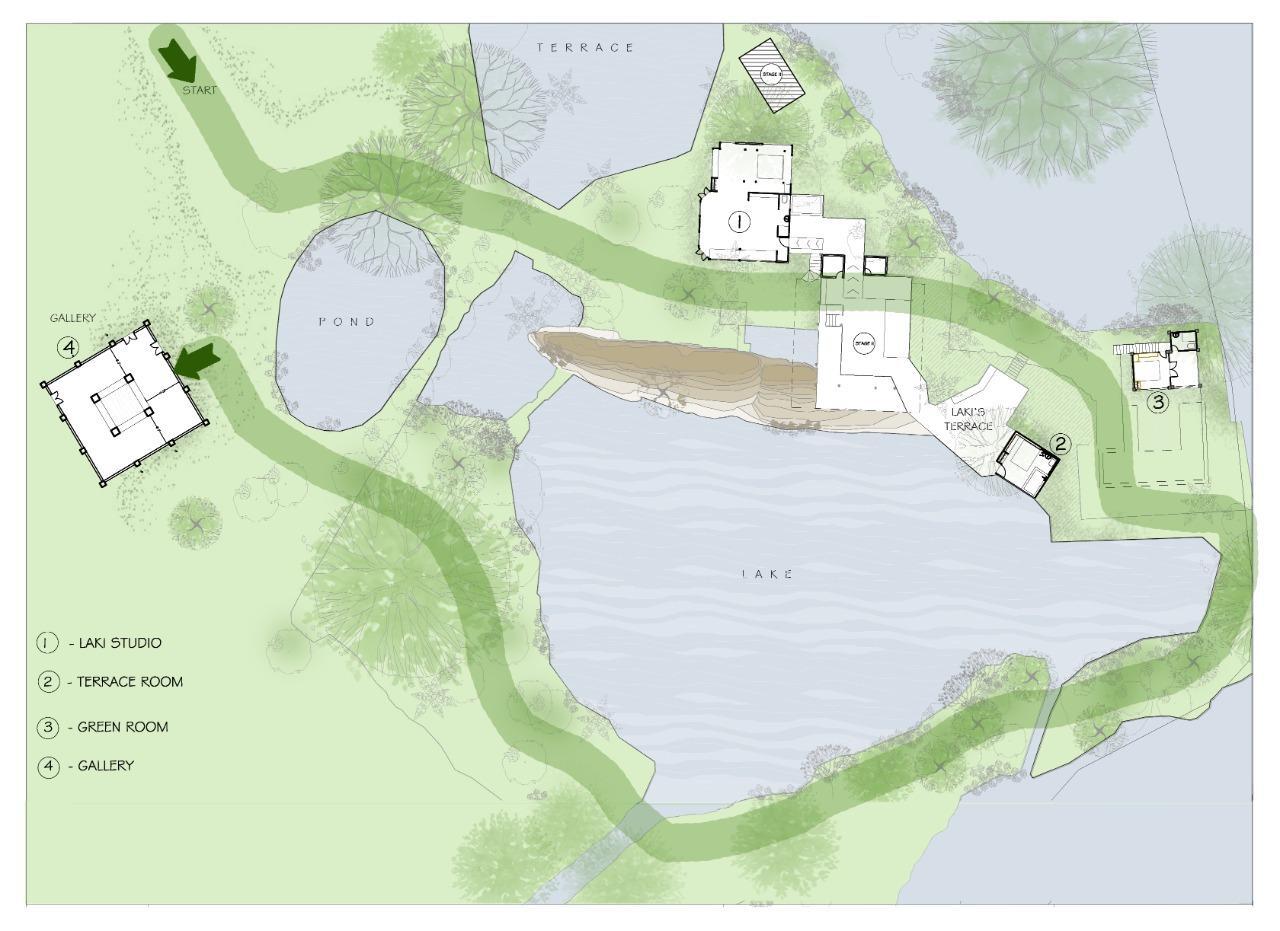
Activities at Diyabubula
• Walk on the ‘’Healing Path’’
Nature heals, physically, mentally, and emotionally. The forest captures the positive energy of the Universe. Absorb this as you walk in quiet contemplation on the path that we have designed.
Absorb the wisdom of the forest, understand the bio diversity of the land, while reflecting on Lakis art and sculptures in this extra-ordinary and beautiful Diyabubula.
• Spot the birds, the butterflies and the dragonflies and be part of Diyabubula’s ongoing project documenting the flora and fauna
• Take time to draw, paint, sketch at Laki’s studio. “We are all artists’’ said Laki ‘’ only a few of us know this’’
• Just sit on Lakis Terrace, under a tree or on a rock, and let your mind wonder, or let your mind be still. In our busy world we rarely get this chance to ‘’ Just Be’’
Bird Watching at Diyabubula
Diyabubula is an “armchair bird watchers” paradise. A lot of birds are resident in Diyabubula. Others are migratory birds, from the Northern Hemisphere, flying South, helped by the North-East monsoon. Each year, these birds spend the winter at Diyabubula where they enjoy the abundance of food and the warm climate.
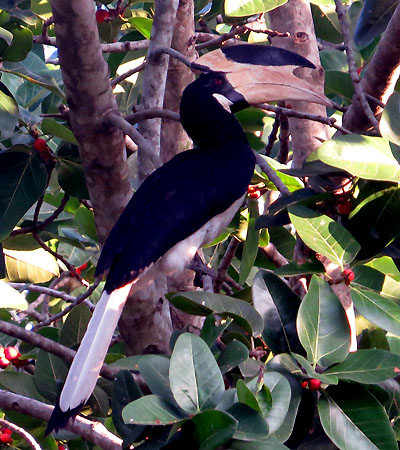
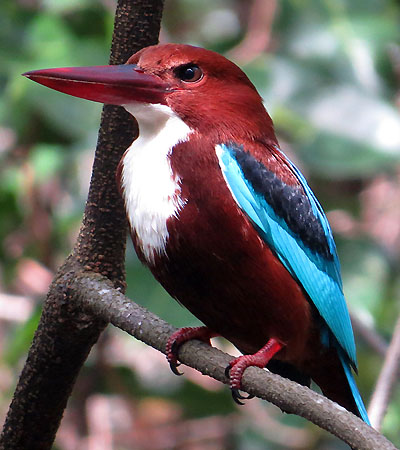
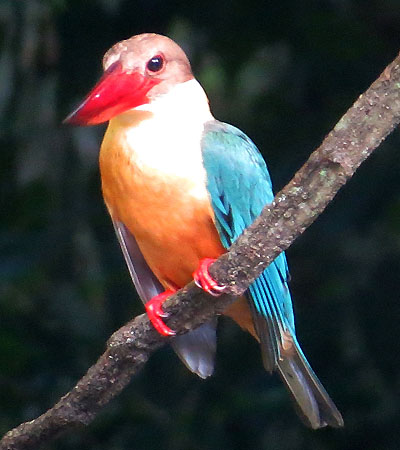
Excursions near Diyabubula
Located in the middle of the cultural centre of Sri Lanka, Diyabubula is an ideal place from which to explore the art and architecture of the world heritage sites.
In addition , the location is ideal for exploring some of the natural wonders and wildlife in Sri Lanka.
Art & Architecture – Excursions
Dambulla
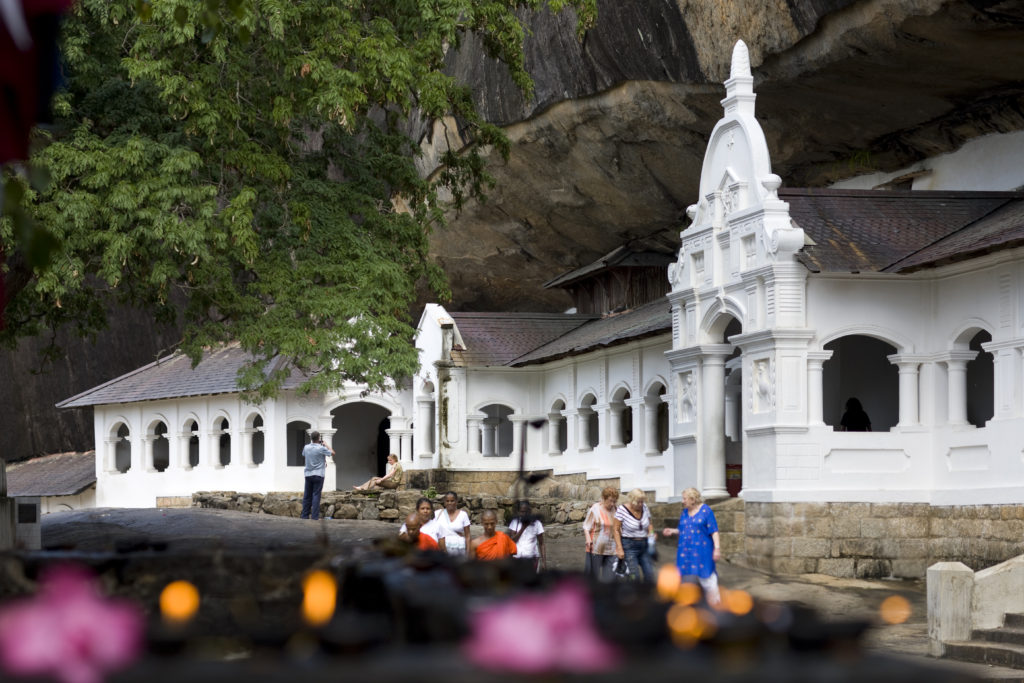
Dambulla – the cave temple
The largest and best preserved cave temple complex in Sri Lanka, this UNESCO world heritage site has caves under a vast overhanging rock with intricately painted ceilings and Buddha statues in different postures.
Sigiriya

Sigiriya – painting rock art, fortress architecture and landscape
Sigiriya is a UNESCO world heritage site dominated by a massive rock on top of which King Kasyapa built his fortress and palace. He decorated the walls with frescos, including the famous heavenly maidens.
Polonnaruwa
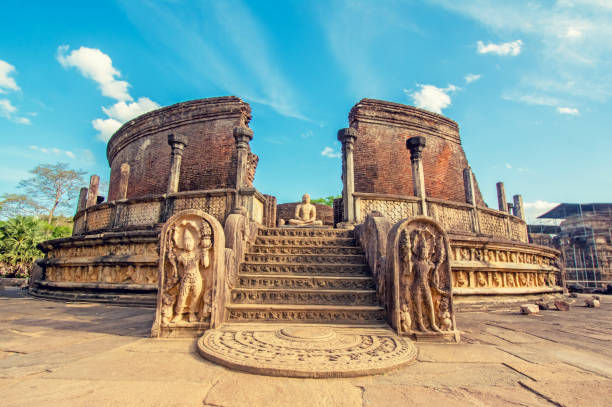
Polonnaruwa – ancient city
Also an UNESCO world heritage site, the ancient city of Polonnaruwa remains one of the best planned archeological sites in Sri Lanka It includes the great lake Parakrama Samudraya, a testimony to Sri Lanka’s ancient irrigation systems.
Wilderness and National forests
Rose Quartz Mountain
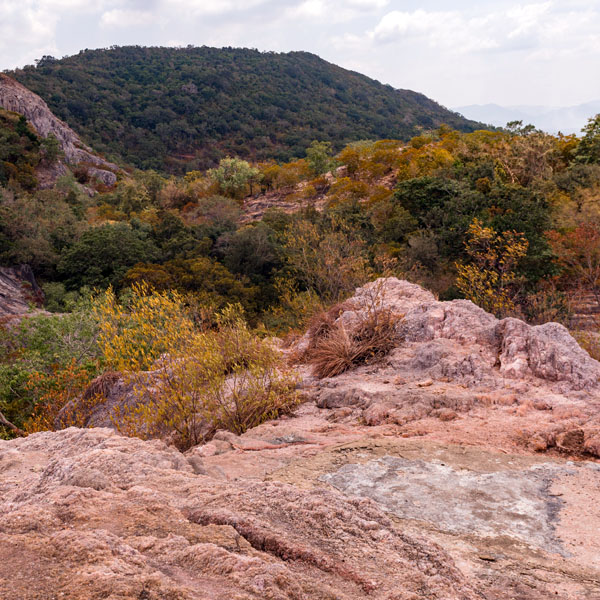
Situated deep in the jungle, the Iron Wood Forest and Rose Quartz mountain range (Namal Uyana) is considered one of the oldest & largest rock outcrops in South Asia. The seven mountains are situated 180 to 300 meters above sea level and, according to archaeological research findings, the pink quartz dates back more than 550 million years.
Minneriya National Park
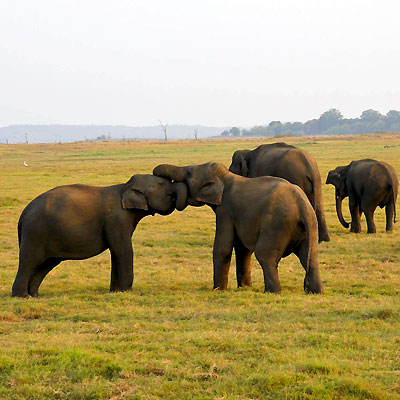
During the dry season (from July to October), the Minneriya Wildlife sanctuary is a feeding ground for elephants, and herds of up to 200 elephants start to gather there.Lonely Planet has ranked this “gathering” of elephants as the 6th greatest wildlife spectacle in the world.
Ritigala Forest Reserve
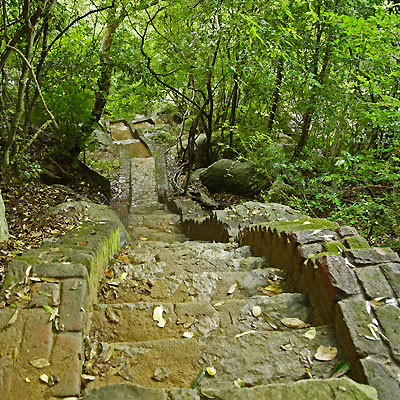
An ancient Buddhist monastery and mountain range, Ritigala is a forest reserve with medicinal herbs, ruins and rock inscriptions dating back to the 1st century BC. At the summit of the mountain range is a patch of vegetation with healing herbs, distinct from the dry-zone flora of the lower slopes. This gives rise to the legend that it was a chunk of earth from the Himalayas dropped by Lord Hanuman as he carried the earth with medicinal herbs for Lord Rama’s brother Lakshmana, as written in the ‘Ramayana’.

